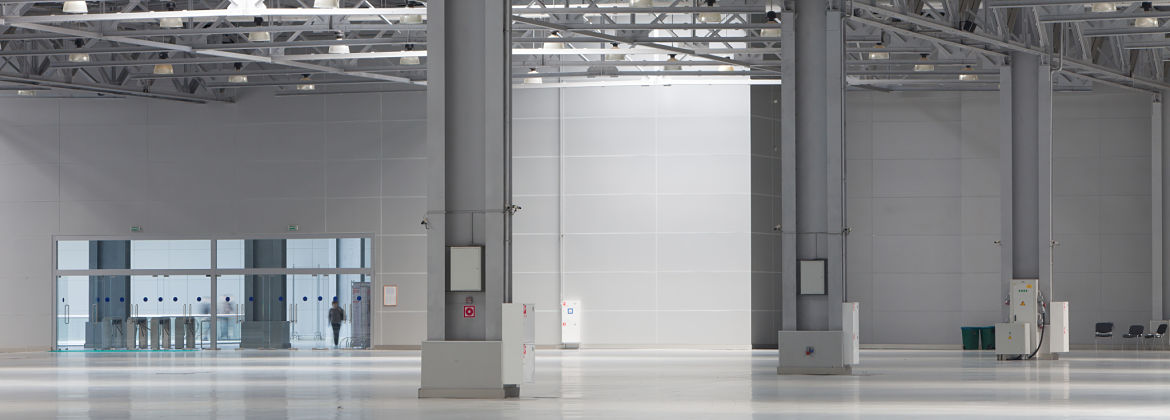Industrial St. Louis Space Property Management: What is a gross lease?

The Ins and Outs of a Gross Lease from the Experts in Industrial St. Louis Space Property Management
A gross lease is one where the landlord and property management pay most or all of the operating costs of the building, leaving tenants with relatively little responsibility beyond the payment of their rent. Gross leases are common in many commercial and industrial spaces in St. Louis where tenants want the security of a fixed rent payment.
Sometimes also referred to as full service leases, gross leases typically distinguish themselves by leaving the landlord responsible for the cost of taxes, insurance and maintenance, with “maintenance” defined broadly. This typically leaves the tenants paying for very little. Commonly, tenants pay for incidental services like coffee and bottled water and communications while most other expenses are left to the owner.
Maintenance in a Gross Lease
The term “maintenance” in a gross lease is more all-encompassing than its dictionary definition might indicate. Under a gross lease, the landlord pays to maintain the building and, in many cases, any improvements that he made to the tenant’s suite. However, maintenance also refers to keeping up the building amenities. As such, under most gross leases, the landlord also pays for snow removal and landscaping.
It also means that the St. Louis industrial space landlord will pay to “maintain” common services. This doesn’t only mean that the property management will vacuum the hallways. It also means that it will pay the water bill for the water feed that goes into the premises and in to your unit. Many gross leases also include having the landlord provide your electricity and many office buildings even include janitorial service in a full service gross lease.
Gross Leases and Expenses
For a tenant, a gross lease is a great deal because it shifts all of the risk of increased property management expenses to the owner. If utility costs or property taxes spike, the tenant’s rents won’t go up, but the landlord’s cost will. To landlords, this is the drawback to the gross lease structure. While many gross leases have built-in rent increases that can help to keep pace with increased costs, some landlords also structure their gross leases with expense stops to provide additional protection.
An expense stop is a provision in a gross lease that says that the landlord will pay the building’s operating costs up to a certain amount per square foot. Anything over that gets passed through to the tenant by the St. Louis industrial space property management.
For instance, a landlord may offer office space at a price of $20.00 per foot with a $7.50 expense stop. This means that if the building’s operating expenses are $6.25, $6.75 or even $7.49 per foot, they’re included in the rent. However, once the expenses start to climb above the stop, the rent will increase commensurately. If the industrial space in St. Louis has $8.25 expenses, for instance, the rent will be $20.75 — the $20.00 gross base rent plus a $0.75 charge for the $0.75 in expenses above the $7.50 stop. Sometimes, leases set a certain year’s expenses instead of a dollar amount as the stop. They call this a base year expense stop.
While it seems simple, the challenge is in the details. At Clark Properties, we would be more than happy to answer any of your leasing questions in St. Louis industrial spaces. Just drop us a line below!

Leave a Reply